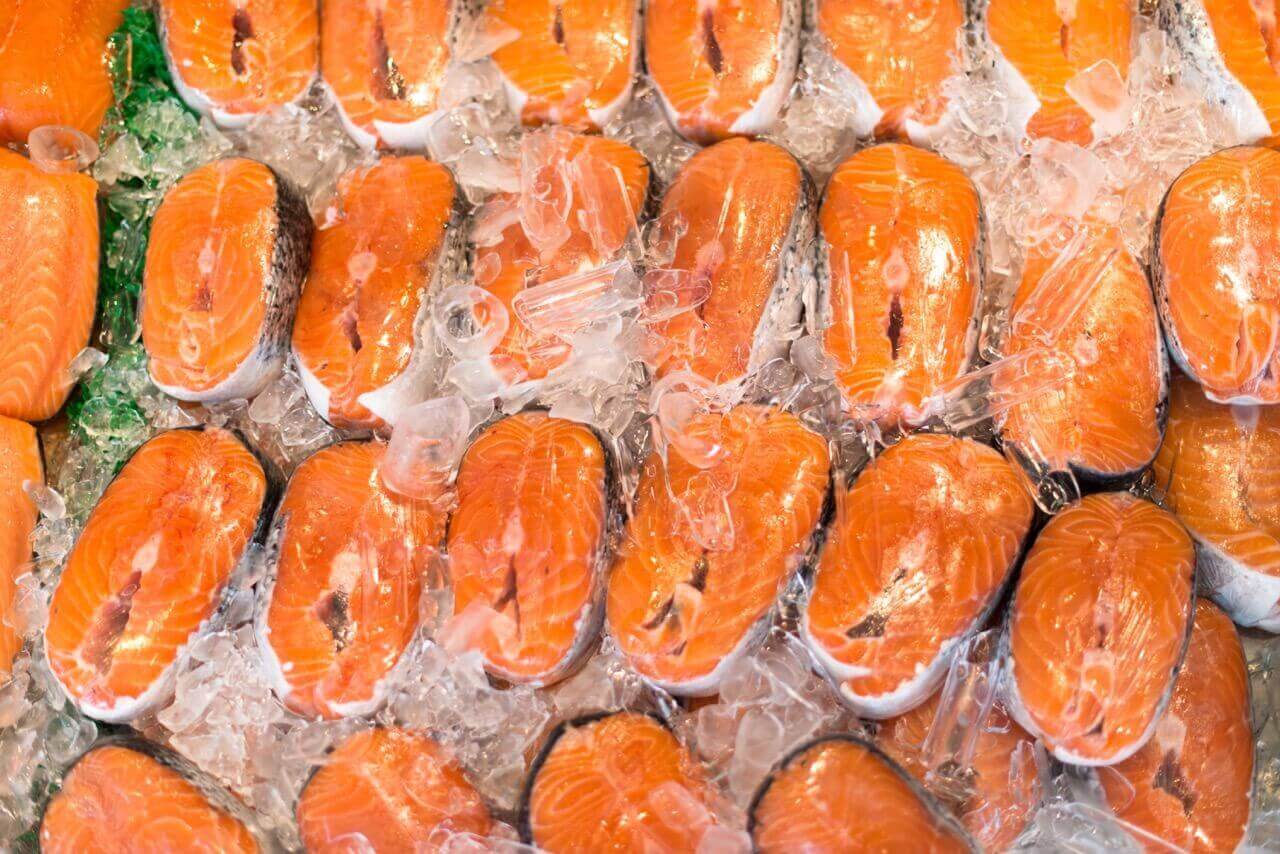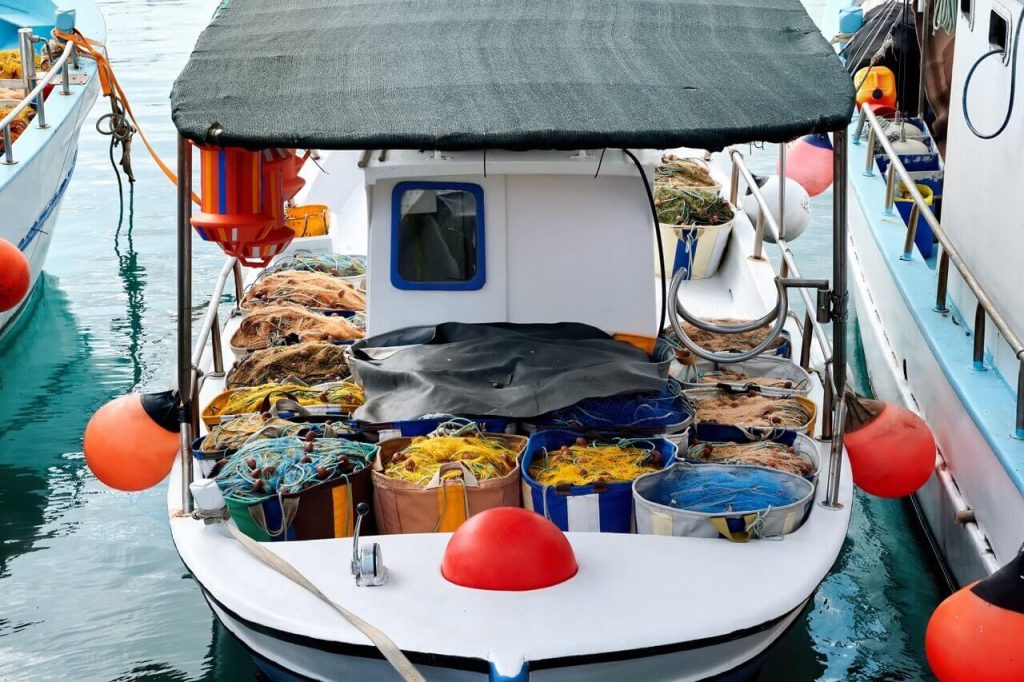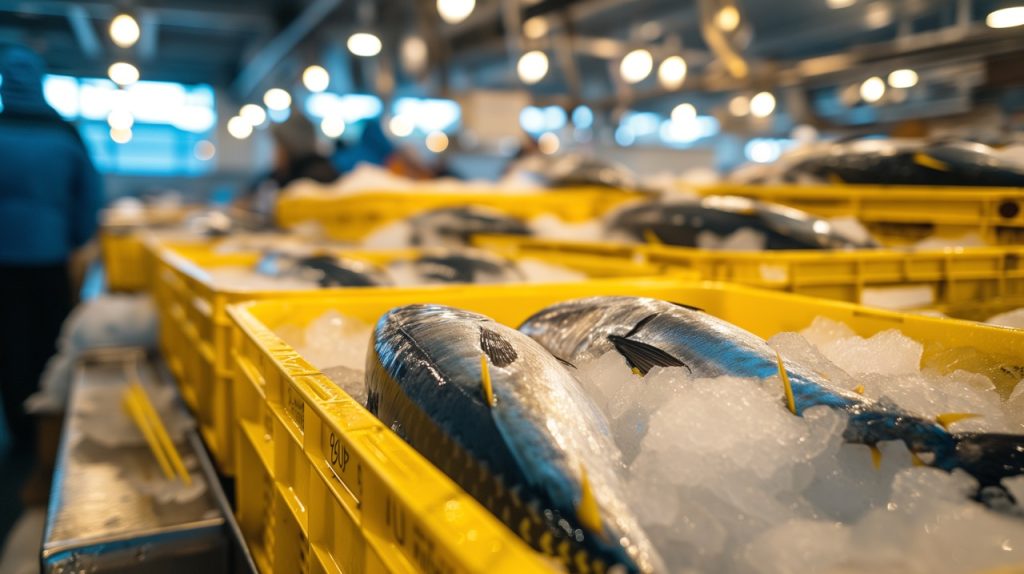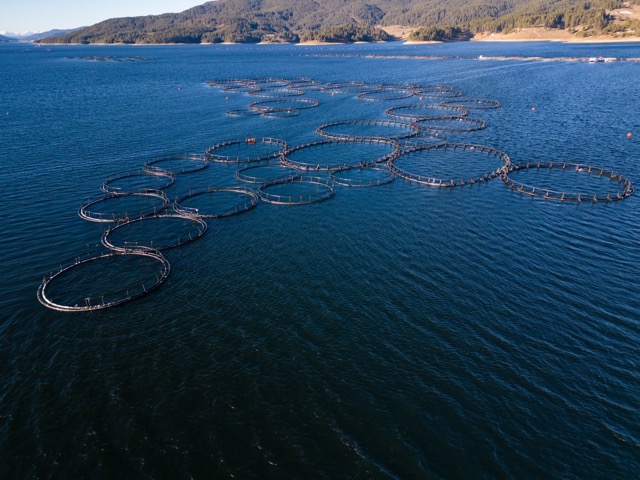The salmon is a culinary gem, cherished not only for its taste and kitchen adaptability but also for its nutritional benefits. Yet, facing numerous salmon varieties, choosing the right one can be puzzling. This article outlines the two most commonly marketed salmon types and why they stand out.
Salar Salmon Characteristics
One of the most marketed salmon types is the Salar Salmon, also known as the “Atlantic salmon.” It’s an Atlantic Ocean species. Key characteristics include:
- Salar salmon exhibit a range of colors, from silver in the ocean to darker shades and brighter tones like red during the spawning phase.
- Adults can reach considerable sizes, often exceeding 10 kilograms, although sizes may vary.
- Their pectoral, ventral, and anal fins are typically shorter compared to other salmon species, sometimes displaying dark spots on their fins and upper body.
- The life cycle of Salar salmon includes migration from freshwater to the ocean for growth and maturation before returning to freshwater rivers for spawning.
Characteristics of Coho Salmon (Oncorhynchus kisutch)
The other commonly consumed type is Coho salmon, also known as “silver salmon” or “salmón plateado.” It’s a species found in the North Pacific Ocean, featuring these key attributes:
- Coho salmon often have a silver hue on their upper body, hence the name “silver salmon,” aiding in water camouflage.
- Coho sizes vary, with adults typically weighing between 3 and 10 kilograms, although some individuals can be larger.
- They possess dorsal and anal fins with more pronounced lobes than some other salmon species, often displaying black edges.
- Similar to other salmon, the life cycle of Coho includes egg hatching in freshwater, migration to the ocean for growth and maturity, and eventually returning to freshwater for spawning.
Fishing Methods and Sustainability
Sustainability plays a critical role in maintaining salmon populations and aquatic ecosystem conservation. Hence, considering the fishing methods for these two popular salmon species is crucial.
One prevalent fishing method involves bottom trawling nets or floating nets drifting with the current to capture salmon. The sustainability of these methods depends on proper management to prevent accidental capture of other species and minimize seabed impact.
Aquaculture or salmon farming has gained prominence today. Properly managed, it can be a sustainable means of providing salmon. However, it comes with challenges like pollution prevention, disease control, and waste management.
Markets and Distribution
Salmon is highly consumed in Spain, both in households and restaurants, owing to its cooking versatility and health benefits. In fact, Spain imports a substantial amount of salmon from countries like Norway, Chile, and Scotland. Consequently, various salmon brands are commonly found in supermarkets, local fishmongers, wholesale markets supplying restaurants, and other food businesses.
At KrustaGroup, we recommend checking labels for salmon origin, capture or breeding 33 methods, and certifications for sustainability, such as those awarded by the Marine Stewardship Council (MSC) for sustainable fishing. As part of our commitment to quality and sustainability, we advocate for wild-caught species from sustainable fisheries, using selective fishing methods to minimize impact on marine environments and biodiversity.





